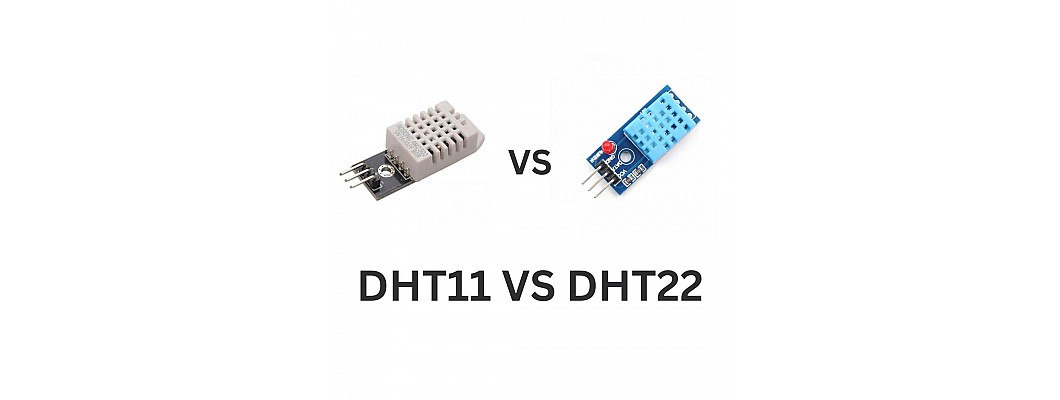
You have a choice between the DHT11 and the DHT22 when it comes to monitoring temperature and humidity in your Arduino projects. In this fast overview, we'll evaluate these two widely used sensors for detecting environmental data to help you choose which one best meets your requirements.
DHT11 Sensor
Key Features:
- Low Cost: The DHT11 is one of the most affordable temperature and humidity sensors available.
- Basic Accuracy: It provides reasonable accuracy for many applications, with a temperature range of 0°C to 50°C and a humidity range of 20% to 80%.
- Single-Wire Communication: It uses a single digital pin for communication with your Arduino or microcontroller.
Pros:
- Cost-effective solution for simple projects.
- Easy to use with Arduino boards.
Cons:
- Limited accuracy and range.
- Not suitable for extreme conditions.
DHT22 Sensor
Key Features:
- Higher Accuracy: The DHT22 offers superior accuracy with a temperature range of -40°C to 80°C and a humidity range of 0% to 100%.
- Better Resolution: It provides more precise data.
- Robust Build: The DHT22 is more durable and suitable for a broader range of environmental conditions.
Pros:
- Accurate readings for critical applications.
- Wide temperature and humidity range.
- Better long-term performance.
Cons:
- Slightly more expensive compared to the DHT11.
Which One to Choose?
DHT11
Pick the DHT11 if you're working on a straightforward project on a tight budget or if you only require fundamental readings of the temperature and humidity in a generally temperate climate.
DHT22
Choose this model if you need more accuracy, a larger operating window, or more durable performance. It is appropriate for projects that call for precise environmental data or that may be subjected to more severe weather.
Keep in mind that both sensors are user-friendly and Arduino compatible. Your final decision will be influenced by the budget and requirements of your particular project.
Therefore, choosing the correct sensor will ensure that your data is accurate and dependable regardless of whether you're developing a weather station, a plant monitoring system, or a home automation project.
Happy monitoring!

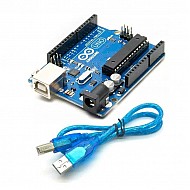
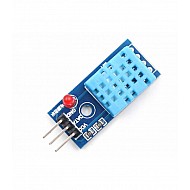
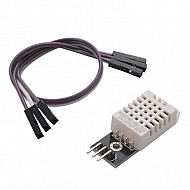
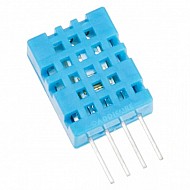

Leave a Comment